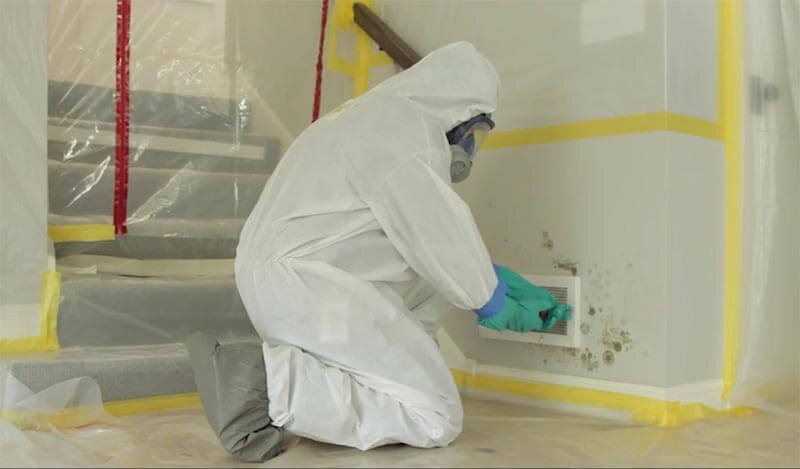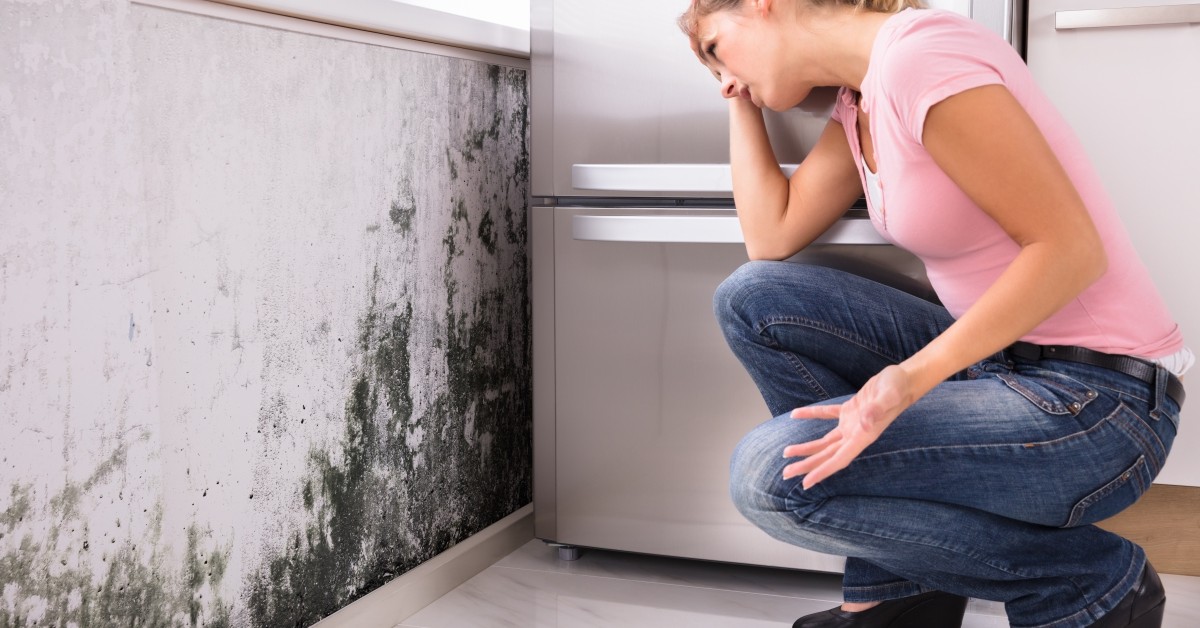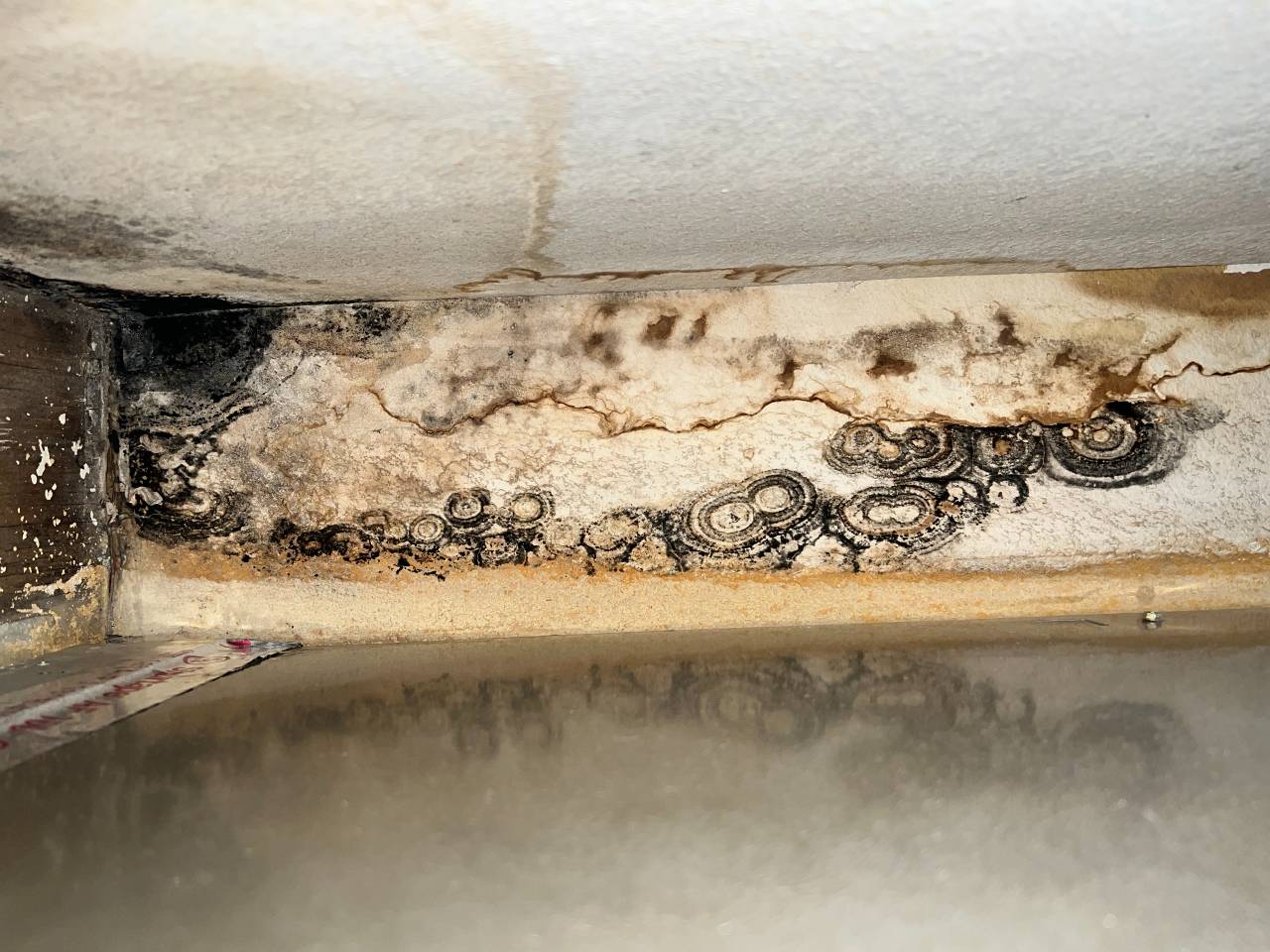Your Ultimate Guide to Article Mold Remediation Techniques
In the after-effects of mold invasion, recognizing exactly how to properly eliminate the mold and mildew and avoid its reoccurrence is vital for maintaining a healthy and balanced interior atmosphere. From picking the best cleaning and disinfecting approaches to carrying out strategies for long-lasting mold and mildew avoidance, each step in the removal journey plays an essential role in ensuring a successful outcome.
Comprehending Post-Mold Removal Refine
After finishing the mold remediation procedure, it is essential to understand the post-mold remediation strategies that are needed to guarantee a reliable and complete cleanup. Once the mold has actually been gotten rid of, the next action includes cleaning and disinfecting the affected locations to prevent any type of regrowth of mold.
Moreover, carrying out a last examination post-remediation is essential to ensure that all mold has been successfully removed. If the inspection exposes any lingering mold and mildew, additional remediation might be essential.
Efficient Cleaning Up and Disinfecting Approaches

Preventing Future Mold Development

Importance of Proper Ventilation
Appropriate air flow plays a vital function in preventing wetness buildup, an essential variable in mold growth within interior environments. Reliable air flow systems assist get rid of excess moisture from the air, lowering the opportunities of mold spores discovering the wetness they need to sprout and spread. Without sufficient ventilation, interior rooms can come to be a breeding place for mold and mildew, leading to prospective health dangers and architectural damages.
By ensuring appropriate air flow, air flow systems can additionally assist in drying damp areas quicker after water damages or flooding events, further deterring mold and mildew development. After mold remediation. Precede like restrooms, attics, cellars, and kitchens where dampness levels often tend to be greater, installing and maintaining efficient air flow systems is crucial in preventing mold and mildew infestations

Tracking and Maintenance Tips
Provided the important role that appropriate ventilation plays in avoiding mold growth, it is important to develop effective tracking and maintenance ideas to make sure the continued performance of ventilation systems. Tracking humidity degrees within the home is also important, as high moisture can add to mold and mildew growth. By staying attentive and proactive to the problem of air flow systems, home helpful resources owners can effectively alleviate the danger of mold regrowth and keep a healthy indoor setting.
Conclusion
In final thought, post-mold remediation strategies are necessary for ensuring a secure and tidy atmosphere. Comprehending the procedure, executing efficient cleansing and decontaminating methods, avoiding future mold development, preserving correct air flow, and regular surveillance are all vital actions in the remediation procedure. By following these standards, you can effectively get rid of mold and mildew and prevent its return, advertising a healthy and balanced living or working space for all owners.
In the consequences of mold invasion, knowing exactly how to efficiently eradicate the mold and stop its reoccurrence is extremely important for maintaining a healthy this link interior atmosphere. Once the mold has actually been gotten rid of, the following action involves cleaning and disinfecting the affected areas to avoid any regrowth of mold - After mold remediation. After eliminating noticeable mold and mildew development, it is critical to cleanse all surfaces in the damaged area to eliminate any remaining mold and mildew spores. To better improve mold avoidance actions, it is necessary to deal with underlying concerns that initially led to mold and mildew growth.Offered the important role that proper air flow plays in protecting against mold growth, it is vital to develop effective surveillance and upkeep tips to guarantee the continued performance of air flow systems